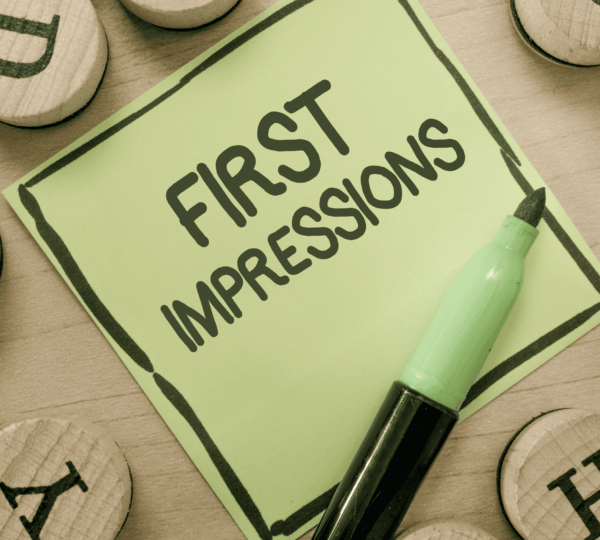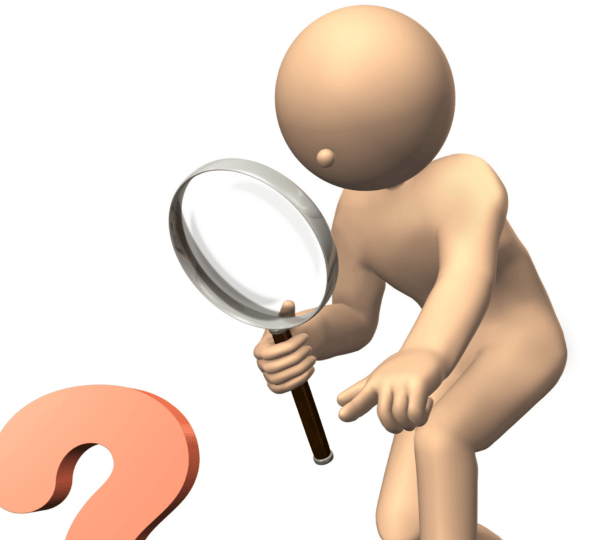
How to Understand People in 2 Minutes
Imagine walking into a room full of strangers and within seconds, you start forming impressions based on their gestures, tone, and expressions. But what if you could go beyond just forming first impressions and truly understand someone in just two minutes? Yes, it sounds like a superpower, but with the right tools and insights, it’s more achievable than you might think.
Human behavior is a rich tapestry shaped by psychology, culture, and experiences. According to a study published in Nature Human Behaviour (2023), people make accurate judgments about others within a short span of interaction—proving that brief encounters can offer a wealth of insight if you know what to look for.
In this blog post, we’ll delve into practical strategies, expert-backed research, and tips from renowned psychologists to help you decode someone’s personality, mood, and intentions in just 120 seconds.
1. The Science of First Impressions
Understanding Snap Judgments
Research from Harvard Business School reveals that humans form impressions about trustworthiness and competence within milliseconds of meeting someone. These impressions often stem from physical appearance, posture, and facial expressions.
What to Observe:
- Facial Expressions: A genuine smile suggests openness, while furrowed brows may signal concern or frustration.
- Body Language: Crossed arms can indicate defensiveness, while open gestures suggest receptiveness.
- Eye Contact: Maintaining eye contact often conveys confidence and interest, while avoiding it may indicate discomfort or deceit.
Dr. Amy Cuddy, a social psychologist and TED Talk speaker, emphasizes the power of nonverbal cues. In her book Presence, she explains how body language not only influences how others perceive us but also how we perceive ourselves.
2. Listen More Than You Speak
The Power of Active Listening
Communication is as much about listening as it is about speaking. Active listening involves focusing entirely on the other person without interrupting or formulating responses in your head.
Key Techniques:
- Echo Responses: Rephrase what the other person says to show understanding.
- Pick Up on Tone: Are they enthusiastic, hesitant, or assertive? Tone can reveal hidden emotions.
- Watch for Pauses: Silence often indicates deep thought or discomfort.
A 2022 study published in the Journal of Communication found that individuals who practice active listening are 60% more likely to accurately interpret someone’s emotions and intentions than those who don’t.
3. Observe Their Microexpressions
Decoding Subtle Emotional Cues
Microexpressions are fleeting, involuntary facial expressions that reveal true emotions, even when someone is trying to hide them.
Common Microexpressions and Their Meanings:
- A raised eyebrow may suggest surprise or skepticism.
- A tight-lipped smile can indicate forced politeness or hidden discontent.
- Rapid blinking may point to stress or nervousness.
Psychology Today highlights the work of Dr. Paul Ekman, a pioneer in the study of emotions and microexpressions, whose research has shown that these tiny cues are universal across cultures and highly reliable for understanding someone’s state of mind.
4. Understand the Role of Context
Why Situational Awareness Matters
To truly understand someone, you must consider the context of your interaction. Are they at work, in a social setting, or dealing with a personal issue?
Questions to Reflect On:
- What external factors might influence their behavior?
- Are they responding to environmental stressors like noise or time constraints?
- How does their role in the situation (e.g., host, guest, colleague) shape their actions?
According to Forbes, situational awareness is key to empathy. It allows you to step into someone else’s shoes and see their behavior in a broader context.
5. Analyze Their Speech Patterns
Words Reveal More Than You Think
The way people speak—word choice, speed, and volume—can provide insights into their personality and current mood.
Speech Indicators:
- Fast Talkers: Often enthusiastic or anxious.
- Slow Talkers: May be reflective or trying to choose their words carefully.
- Repetition: Repeating phrases can signify nervousness or an attempt to emphasize something important.
A recent article in The Atlantic emphasized the connection between linguistic styles and personality traits, noting that analyzing speech can help decode underlying emotions and motivations.
6. Gauge Their Energy Levels
Understanding Introverts and Extroverts
Recognizing whether someone is introverted or extroverted can influence how you interact with them.
Clues to Watch For:
- Introverts: May seem reserved or reflective, preferring deeper conversations.
- Extroverts: Tend to be animated and engaging, enjoying group dynamics.
Dr. Susan Cain, author of Quiet, suggests that understanding these differences can help you communicate effectively without misinterpreting someone’s behavior.
7. Ask Open-Ended Questions
Encourage Them to Share
Sometimes, the best way to understand someone is to let them reveal themselves. Open-ended questions encourage deeper responses and provide valuable insights.
Examples:
- “What’s been the highlight of your week so far?”
- “How do you usually approach challenges like this?”
A New York Times article on the art of conversation suggests that asking the right questions can foster trust and lead to more authentic exchanges.
8. Trust Your Intuition
When Your Gut Speaks, Listen
Finally, don’t underestimate the power of intuition. While it’s important to rely on observable cues, your subconscious mind processes a wealth of information that may not be immediately apparent.
A 2023 study in the Journal of Personality and Social Psychology found that people with strong intuition accurately assessed others’ emotions in 80% of cases during brief interactions.
Conclusion
Understanding people in just two minutes is less about having a special skill and more about honing your observation and listening abilities. By combining active listening, situational awareness, and an understanding of body language and speech patterns, you can quickly decode someone’s emotions, personality, and intentions.
Start practicing these techniques today and watch how your interactions become more meaningful and insightful.
References
- Nature Human Behaviour (2023): Research on first impressions.
- Harvard Business School: Snap judgments in interpersonal interactions.
- Dr. Amy Cuddy: Presence and the role of nonverbal communication.
- Journal of Communication (2022): Benefits of active listening.
- Dr. Paul Ekman: Research on microexpressions.
- Psychology Today: Emotional cues and microexpressions.
- Forbes: Importance of situational awareness in understanding people.
- The Atlantic: Speech patterns and personality insights.
- Dr. Susan Cain: Quiet and understanding introverts and extroverts.
- New York Times: The art of open-ended questions.
- Journal of Personality and Social Psychology (2023): Study on intuition in social interactions.













